My solution is below. Looking forward to suggestions on how to make this more efficient or perhaps an answer that's more efficient.
import tensorflow as tf
import numpy as np
import scipy.misc
img = scipy.misc.imread('aachen_000000_000019_gtFine_color.png', mode = 'RGB')
palette = np.array(
[[128, 64, 128],
[244, 35, 232],
[ 70, 70, 70],
[102, 102, 156],
[190, 153, 153],
[153, 153, 153],
[250, 170, 30],
[220, 220, 0],
[107, 142, 35],
[152, 251, 152],
[ 70, 130, 180],
[220, 20, 60],
[255, 0, 0],
[ 0, 0, 142],
[ 0, 0, 70],
[ 0, 60, 100],
[ 0, 80, 100],
[ 0, 0, 230],
[119, 11, 32],
[ 0, 0, 0],
[255, 255, 255]], np.uint8)
semantic_map = []
for colour in palette:
class_map = tf.reduce_all(tf.equal(img, colour), axis=-1)
semantic_map.append(class_map)
semantic_map = tf.stack(semantic_map, axis=-1)
# NOTE cast to tf.float32 because most neural networks operate in float32.
semantic_map = tf.cast(semantic_map, tf.float32)
magic_number = tf.reduce_sum(semantic_map)
print semantic_map.shape
palette = tf.constant(palette, dtype=tf.uint8)
class_indexes = tf.argmax(semantic_map, axis=-1)
# NOTE this operation flattens class_indexes
class_indexes = tf.reshape(class_indexes, [-1])
color_image = tf.gather(palette, class_indexes)
color_image = tf.reshape(color_image, [1024, 2048, 3])
sess = tf.Session()
# NOTE magic_number checks that there are only 1024*2048 1s in the entire
# 1024*2048*21 tensor.
magic_number_val = sess.run(magic_number)
assert magic_number_val == 1024*2048
color_image_val = sess.run(color_image)
scipy.misc.imsave('test.png', color_image_val)
